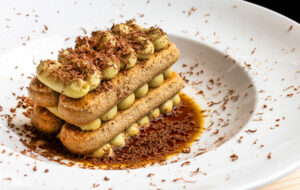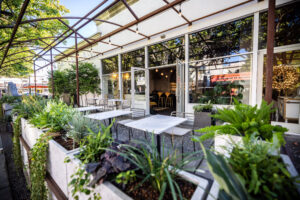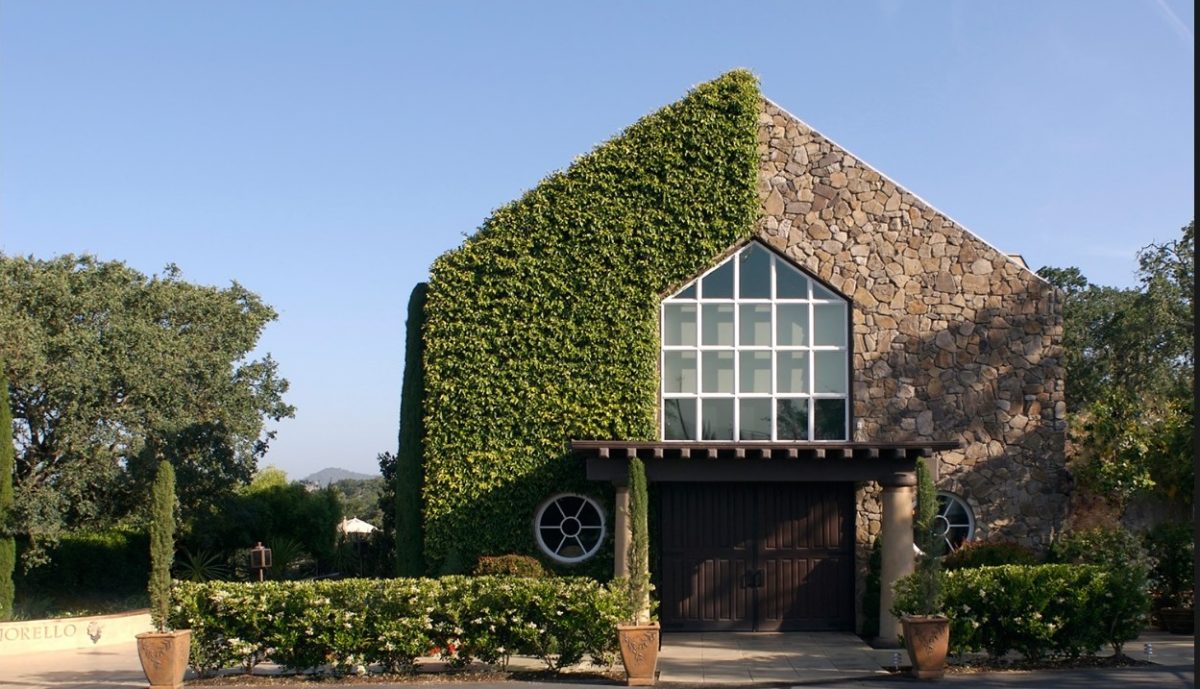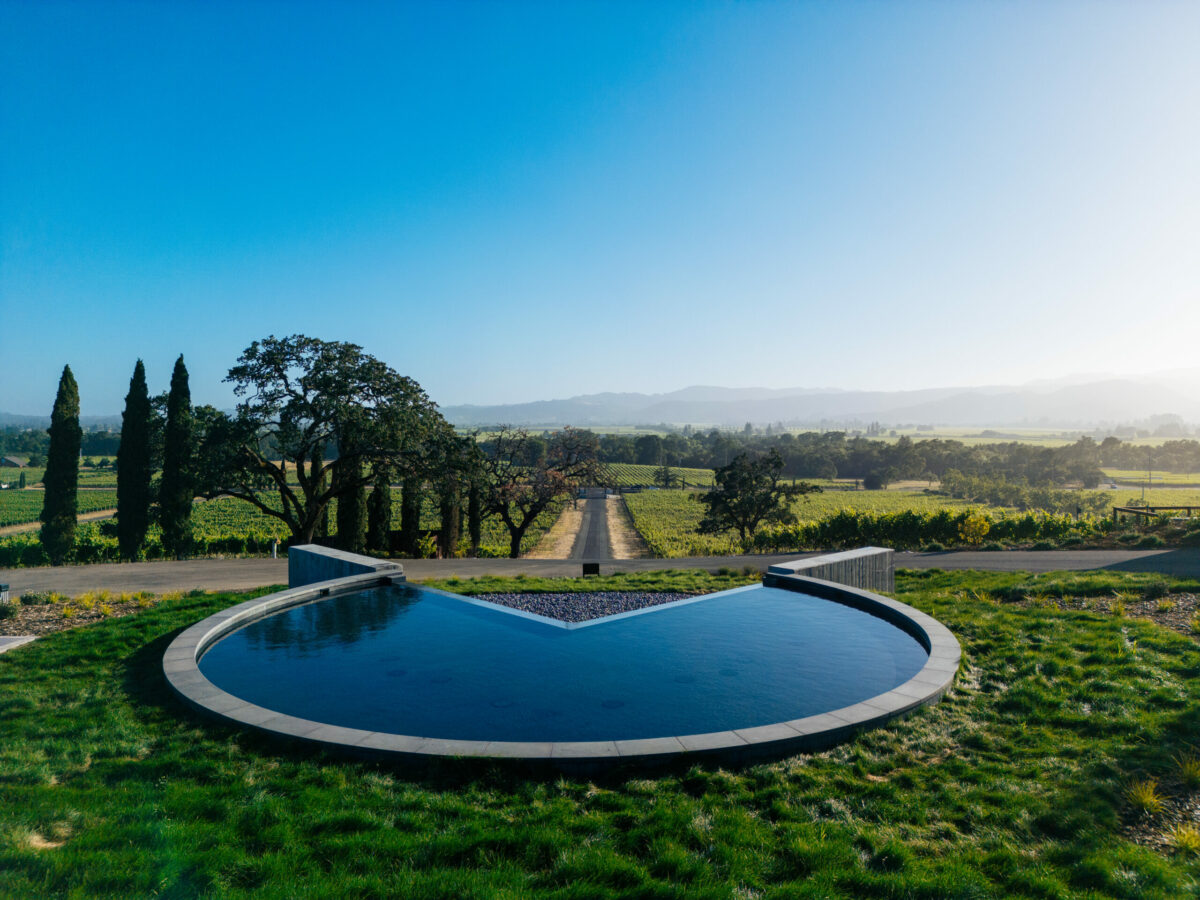Soon after the Atlas Fire destroyed the Signorello Estate winery on Oct. 9, 2017, proprietor Ray Signorello, Jr. predicted it would take roughly two years to rebuild the facility.
On Tuesday, more than six years after tragedy struck, the Signorello family welcomed visitors to their new, state-of-the-art winery on the original Napa estate.
“I think it was probably over-ambitious to say rebuilding would take two years,” said Signorello, who co-founded the winery with his father in 1977. “It took three years just to go through the permit process.”
Since 2018, Signorello had held tastings in a temporary modular space next to the original winery, set on a hilltop above the Silverado Trail. Then came the pandemic and its accompanying supply chain issues.
The winery, now open daily for tastings, is known for its classic Cabernet Sauvignon and Chardonnay wines, made from some of the oldest vines in Napa Valley. (Remarkably, the estate vineyards escaped the 2017 fires unscathed.)


A fireproof facility
The new facility bears no resemblance to the original ivy-covered, wood-framed building constructed in the mid-1980s. Made from steel, concrete and glass, Signorello’s gleaming replacement is set inside a newly dug cave system.
The idea, said Signorello, was to create a virtually fireproof facility for the current moment — and for future generations.
“We’re built into the side of a hill, and the roof line would act like a ski jump for fires coming from the east,” he explained.
The entirely off-the-grid, solar-powered winery includes two onsite wells, along with fire pumps and storage for an additional 100,000 gallons of water. For extra protection, all of the estate’s power lines were placed underground.
The rebuild also gave Signorello a chance to expand and modernize the winemaking facility with input from winemaker Priyanka French, consulting winemaker Celia Welch, and viticulturist Steve Matthiasson.
“Given that we’ve been in the industry so long, we got to use all our knowledge to create something that isn’t just aesthetically beautiful, but functional,” Signorello said. “It was designed with a team of winemakers, so it’s like a restaurant having the chef design the kitchen.”
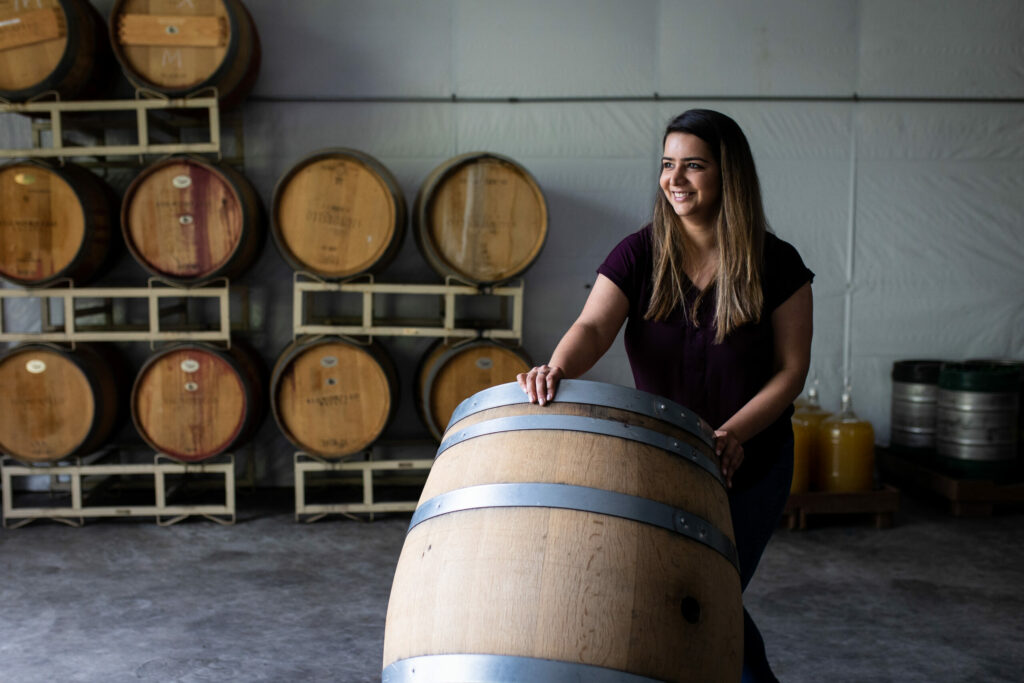

The first of its kind
Signorello worked with Taylor Lombardo Architects to create the 8,000-square-foot winery and 11,000-square foot cave. Waterproofed to keep out leaks and prevent mold, the temperature-controlled cave is the first of its kind in Napa.
The cave is also home to Signorello’s personal library of 2,000 wines from around the world, amassed over 40 years, and a collection of large-format Signorello wines.
The production area features a modern, ergonomic setup with separate areas for red and white wine fermentation and controls for microbial sanitation. Custom fermenters are sized for each vineyard block based on their expected tonnage, and they allow for multiple rounds of grape-picking to accommodate unpredictable vintages and weather conditions. Innovative OXOline racks make it easy for winemakers to access individual wine barrels without having to move their neighbors.
Signorello’s new facility also has a much larger capacity than the original winery, allowing production to expand to 21,000 cases per year.
“We increased the production ability two and a half times and increased visitation rights by three times,” Signorello said. “Those are entitlements that last for life — forever.”
While he declined to reveal the cost of building the new winery, Signorello said that the original budget doubled along the way.
Visits to the new winery cost $175 per person and include a golf-cart tour of the estate vineyards, a walking tour of the facility, and a sit-down tasting inside the cave with a curated cheese plate.
Tastings feature Hope’s Chardonnay, and both current and library vintages of Signori Cabernet Sauvignon and the flagship Padrone Cabernet Sauvignon.
Signorello Estate is open 10 a.m. to 4 p.m. daily by appointment. 4500 Silverado Trail, Napa, 707-255-5990, signorelloestate.com



